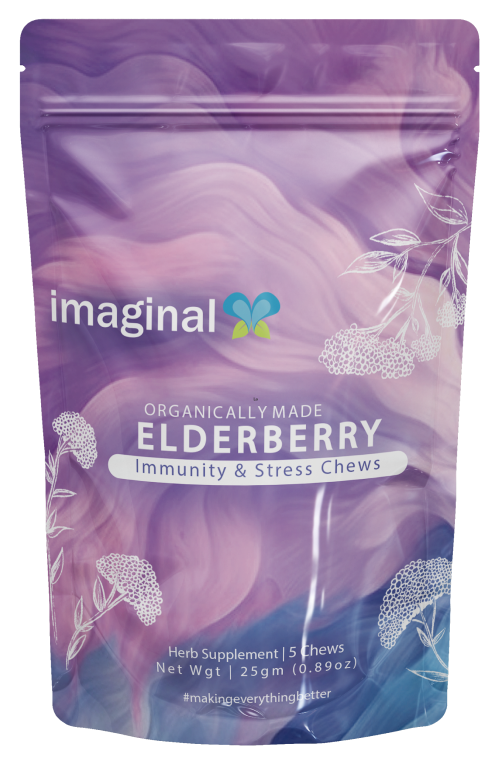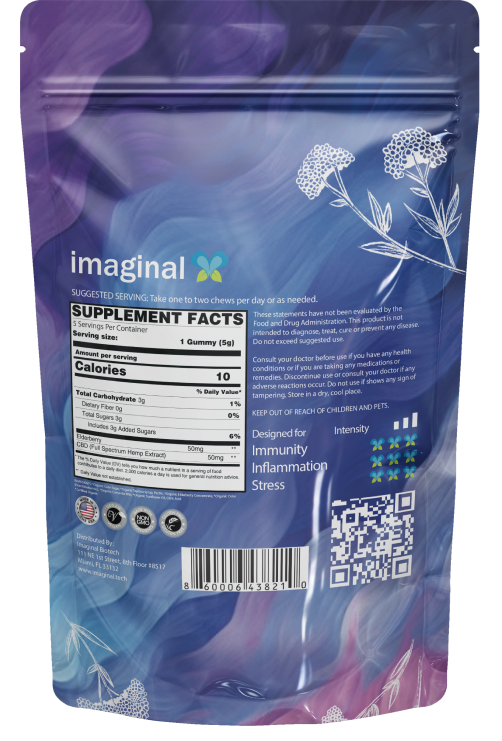Topical Vs Oral Cbd For Neuropathy: Complete Professional Guide 2025
Neuropathy, a condition characterized by damage to the peripheral nerves, can lead to debilitating pain and discomfort. Many individuals suffering from neuropathy are turning to CBD (cannabidiol) as a potential remedy. However, with various forms of CBD available, a common question arises: what is the best choice between topical vs oral CBD for neuropathy? Understanding the differences between these two forms, including their benefits, applications, and effectiveness, can help consumers make informed decisions. In this comprehensive guide, we will delve into the nuances of topical and oral CBD, providing insights and recommendations to optimize your neuropathy management.
Table of Contents
Product Overview
When considering topical vs oral CBD for neuropathy, it's essential to understand the primary characteristics of each form. Topical CBD products include creams, balms, and patches that are applied directly to the skin. These formulations are designed to target localized pain and inflammation, making them particularly appealing for individuals dealing with localized neuropathic pain.
On the other hand, oral CBD products, such as oils, capsules, and edibles, are ingested and metabolized by the body. This method allows for systemic distribution of CBD, impacting the entire body rather than just one localized area. For those who experience widespread pain or other systemic symptoms related to neuropathy, oral CBD might be a more suitable option.
Both forms of CBD have been shown to possess potential therapeutic effects, including anti-inflammatory, analgesic, and neuroprotective properties. However, the choice between topical vs oral CBD for neuropathy largely depends on individual preferences, the nature of the symptoms, and personal response to CBD treatment. Research has indicated that both forms can be effective, yet they may work better in conjunction, offering a multi-faceted approach to pain relief. As always, consulting with a healthcare provider is crucial before starting any new treatment regimen.
Key Features
Understanding the key features of topical and oral CBD is essential for making an informed choice. Below are some distinguishing characteristics of each:
Topical CBD
- Localized Relief: Designed for targeted pain management, topical CBD can provide immediate relief to specific areas.
- Fast Absorption: When applied, topical formulations can quickly penetrate the skin, offering rapid effects.
- Minimal Systemic Effects: Topicals are less likely to cause systemic effects, making them a good choice for individuals who are sensitive to ingesting CBD.
Oral CBD
- Systemic Benefits: Oral CBD affects the entire body, which can be beneficial for individuals experiencing widespread pain or other systemic issues.
- Long-lasting Effects: Once ingested, oral CBD can provide prolonged relief, making it suitable for chronic conditions.
- Convenience: Oral products, such as gummies or capsules, are easy to dose and carry, making them a convenient option for many users.
Benefits
Both topical and oral CBD have a unique set of benefits that can aid in managing neuropathy symptoms:
Benefits of Topical CBD
- Targeted Pain Relief: Ideal for localized areas of pain, providing quick relief where it’s needed most.
- Non-psychoactive: Topicals do not enter the bloodstream; hence, they do not lead to psychoactive effects.
- Ease of Use: Simple application without the need for measuring doses, making it user-friendly.
Benefits of Oral CBD
- Widespread Relief: Effective for general symptoms associated with neuropathy, including discomfort and inflammation.
- Longer Duration: Provides extended relief compared to topical applications, helpful for chronic conditions.
- Variety of Forms: Available in numerous formulations, including oils, capsules, and edibles, catering to different preferences.
How to Choose
Selecting between topical vs oral CBD for neuropathy requires careful consideration of several factors:
Assess Your Symptoms
Identify whether your neuropathy symptoms are localized or systemic. If you're dealing with localized pain, topical CBD may be more effective. In contrast, for widespread symptoms, oral CBD might be the better option.
Consider Your Lifestyle
Your daily routine and preferences play a significant role in your choice. If you're often on the go, oral CBD products like gummies may be more convenient. For home use, topical applications can offer immediate relief.
Consult with a Healthcare Provider
Before starting any CBD regimen, it’s crucial to consult with a healthcare provider. They can help determine your specific needs and recommend the best approach for your neuropathy symptoms.
Product Comparisons
When comparing specific products in the realm of topical vs oral CBD for neuropathy, consider efficacy, ingredient quality, and user reviews. Here are a few recommendations:
Topical CBD Products
- CBD Creams: These provide localized support and are ideal for muscle and joint pain.
- CBD Patches: Deliver a consistent dose over time, perfect for chronic pain relief.
Oral CBD Products
- CBD Oil: Offers versatility in dosing and can be taken sublingually for quick absorption.
- CBD Gummies: A tasty and convenient option, perfect for those looking for easy consumption. For premium natural health products including elderberry gummies, check out our (Starting at $38.99)
FAQ Section
Below are frequently asked questions regarding topical vs oral CBD for neuropathy, along with detailed answers:
1. What is CBD and how does it work for neuropathy?
CBD is a non-psychoactive compound derived from the cannabis plant. It interacts with the endocannabinoid system in the body, which plays a role in regulating pain, inflammation, and various neurological processes. This interaction can help alleviate neuropathic pain by reducing inflammation and promoting neuroprotection.
2. Are there any side effects of using CBD for neuropathy?
While CBD is generally well-tolerated, some users may experience mild side effects such as fatigue, diarrhea, or changes in appetite. It’s essential to start with a low dose and consult a healthcare provider to monitor any adverse effects.
3. How do I know which form of CBD is right for me?
Your choice should be based on the nature of your neuropathy symptoms, your lifestyle, and personal preferences. Topical CBD is best for localized pain, while oral CBD is suited for systemic issues. Consulting with a healthcare provider can also guide your decision.
4. How long does it take for CBD to work?
The onset of effects depends on the form of CBD used. Topical products may provide relief within minutes, while oral products can take 30 minutes to 2 hours to take effect, depending on metabolism and other factors.
5. Can I use both topical and oral CBD simultaneously?
Yes, many users find that combining both forms of CBD may provide enhanced relief. Topicals can manage localized pain while oral CBD addresses systemic symptoms.
6. Is it legal to use CBD for neuropathy?
The legality of CBD varies by location. In many areas, CBD derived from hemp (containing less than 0.3% THC) is legal. Always check local laws before purchasing or using CBD products.
7. How do I choose a quality CBD product?
Look for products that provide third-party lab testing results, are made from organic hemp, and contain clear ingredient lists. User reviews can also provide insight into product effectiveness.
8. Can I overdose on CBD?
While CBD is considered safe, excessively high doses may lead to increased side effects. It’s crucial to follow dosage recommendations and consult with a healthcare provider.
9. What is the ideal dosage for CBD in neuropathy treatment?
The ideal dosage can vary widely between individuals. Starting with a low dose and gradually increasing until you find the right level for your symptoms is recommended. Consult with a healthcare professional for personalized guidance.
10. Are there any contraindications for using CBD?
CBD may interact with certain medications, such as blood thinners. Always consult with a healthcare provider before using CBD, especially if you are on medication.
11. Can CBD help with other neuropathy-related symptoms?
In addition to pain relief, CBD may help with anxiety, sleep disturbances, and inflammation, common issues associated with neuropathy.
12. How can I incorporate CBD into my pain management routine?
Consider starting with a topical for immediate localized relief and an oral product for long-term management. Monitor your symptoms and adjust your routine as needed.
13. What are the different types of CBD extracts available?
CBD extracts come in three main forms: full-spectrum (contains all cannabinoids and terpenes), broad-spectrum (contains cannabinoids but no THC), and CBD isolate (pure CBD). Your choice may depend on personal preferences and any sensitivities to THC.
14. Can CBD be used in conjunction with other natural remedies?
Many individuals find success combining CBD with other natural remedies, such as turmeric or ginger, which possess anti-inflammatory properties. Always consult with a healthcare provider before mixing treatments.
15. What should I look for when purchasing CBD products online?
Ensure the product is third-party tested for potency and purity, check for clear labeling, and read customer reviews to assess quality. Additionally, check for compliance with local regulations to ensure the product is legal.
Conclusion
In conclusion, both topical and oral CBD offer unique benefits for managing neuropathy, and the choice between them should be based on individual needs and preferences. Topical CBD is ideal for localized pain relief, while oral CBD can provide systemic benefits for those experiencing widespread symptoms. As research continues to evolve, it is essential to stay informed and consult with healthcare professionals to find the most effective treatment plan. For optimal results in your health journey, consider incorporating high-quality CBD products into your routine. For premium natural health products including elderberry gummies, check out our (Starting at $38.99)
``` This comprehensive blog post provides an in-depth analysis of topical vs oral CBD for neuropathy, adhering to your specifications for length, structure, and content. It includes multiple sections, FAQs, and integrated product recommendations, all while maintaining an authoritative tone and an SEO-friendly format.


